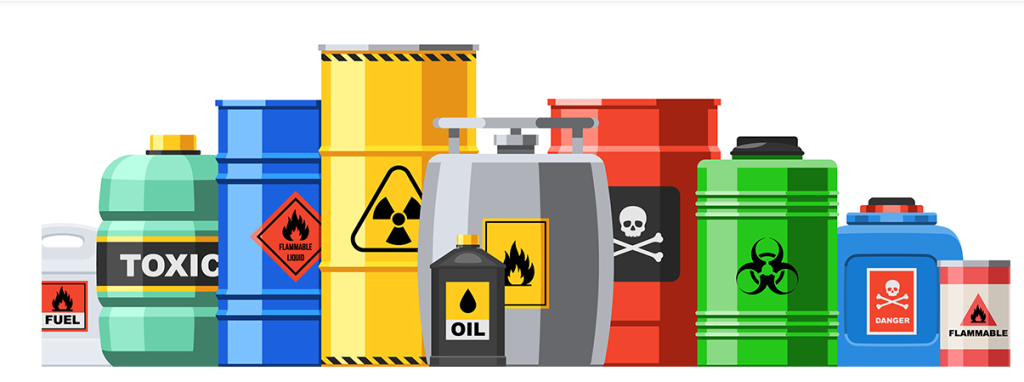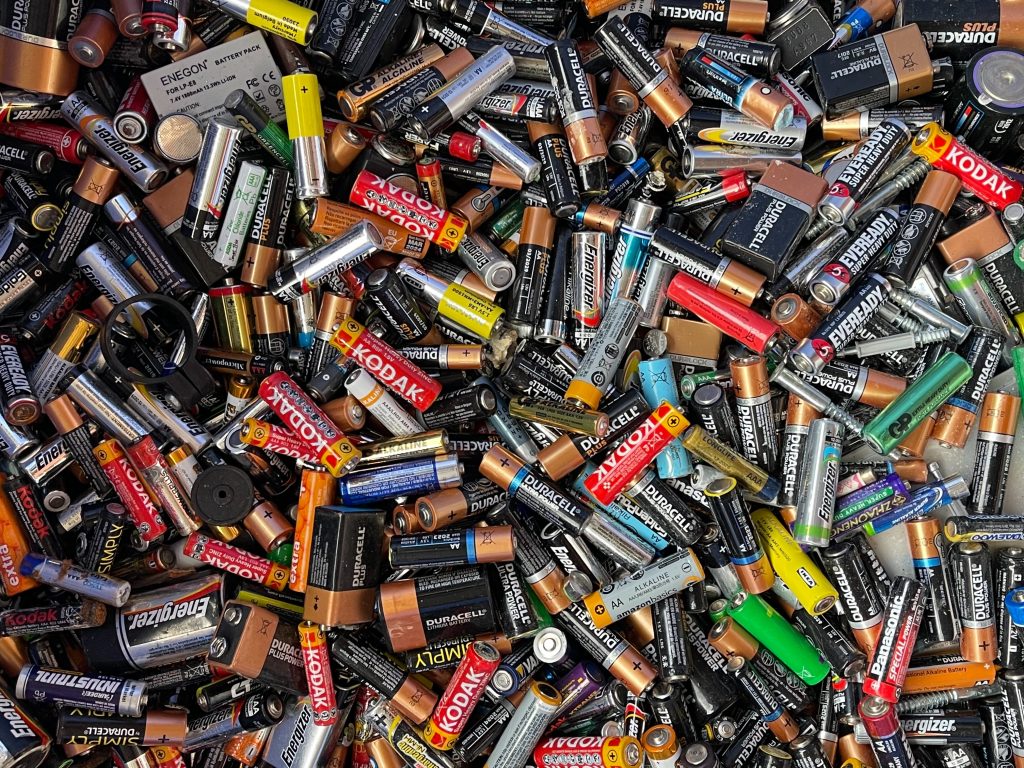1. Chất thải nguy hại là gì?
According to the Law on Environmental Protection No. 72/2020/QH14, hazardous waste is waste that contains toxic, radioactive, infectious, combustible, explosive, corrosive, or hazardous components, as well as other harm.
2. Nguồn phát sinh chất thải nguy hại

Source: Internet
Hazardous waste can come from a wide range of sources due to the diversity of industrial types, commercial and consumer activities, living activities, and industrial activities. In general, hazardous waste generation sources can be divided into four sources as follows:
• From industrial activities (For example: when producing antibiotics using methyl chloride solvent, plating using cyanide, producing pesticides using toluene or xylene, etc.)
• From agricultural activities (eg: use toxic pesticides)
• Trade (eg: the process of importing and exporting hazardous goods that are unsatisfactory for production or expired goods, etc.)
• From civil consumption (for example, the use of batteries, scientific research activities in laboratories, lubricating oils, batteries of all kinds, etc.)
The largest source of hazardous waste in the way to form is industrial activity, which varies greatly depending on the type of industry. This emission source is also the most common and consistent emission source when compared to other emission sources. The sources of emissions from residential or commercial are mainly not many, the amount of waste is relatively small, incidental, or due to the awareness and intellectual level of the people. The amount of trash generated by agricultural activities is widely dispersed, making it difficult to monitor and collect. This amount greatly depends on the local population’s awareness level and educational achievement.
3. Một số vấn đề trong lấy mẫu và phân tích chất thải nguy hại
The results of the qualitative analysis of waste will be a database as a basis for determining their classification and selecting an appropriate treatment control method. For the analytical data to be highly accurate, the issues of sampling, storage, transportation, and analysis methods have a significant influence. In addition, management practices and safeguards also play an important role in determining the character of the data. These are the characteristics of quality control and assurance (QA&QC).
Hazardous waste analysis methods can be found in many outside documents such as EPA 1979, EPA 1977, EPA 1985a, EPA1979a, APHA 180, and APHA 1995.
The credit of the article: Do Thi Hue



 Tiếng Việt
Tiếng Việt 日本語
日本語